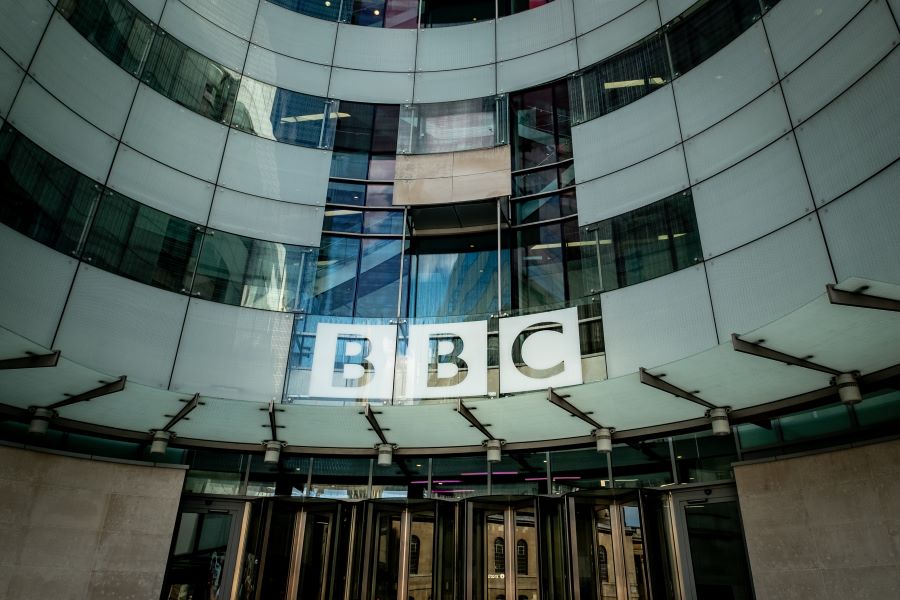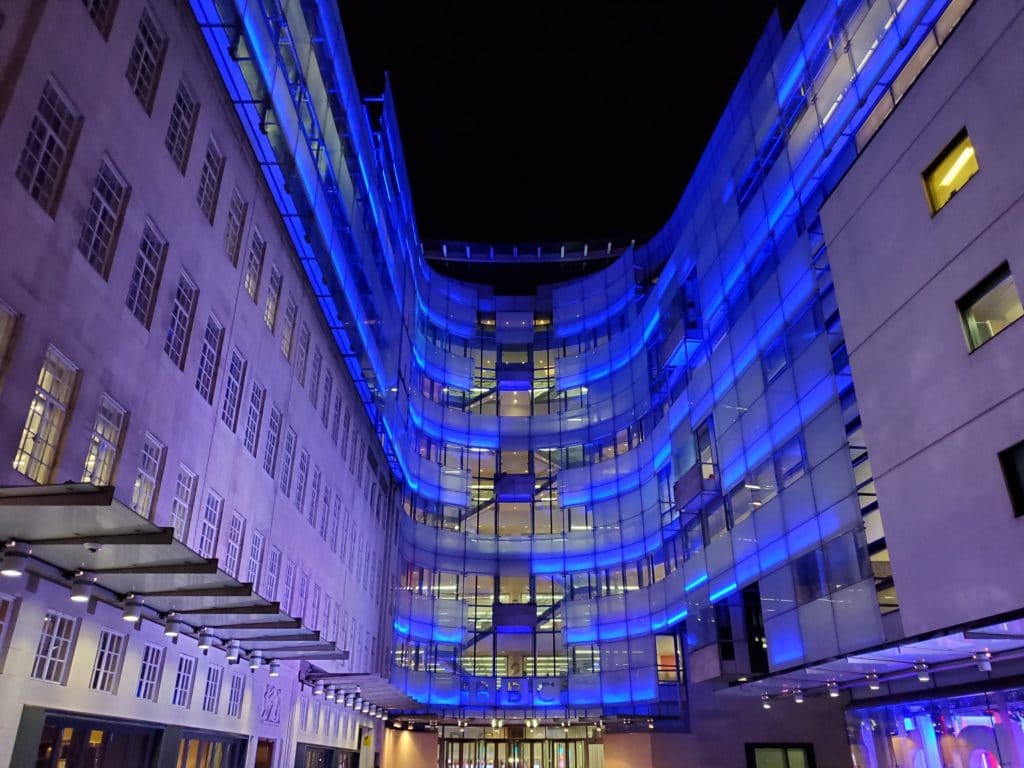
When Mark Barber challenged Dominic Mills to a digital duel…

In his Mediatel column on 6th August, Dominic Mills “rained on radio’s parade” by questioning some of radio’s celebration as the fastest growing medium. Keen to set the facts out, Radiocentre’s Planning Director Mark Barber has responded with his own challenge. Here’s what Mark had to say, with the original column copied below.
I hesitate to challenge a prominent media columnist but…

Radiocentre’s Mark Barber
Dominic Mills’ inference that radio is somehow underperforming digitally gives the wrong impression about a medium that is in rude health. Not that I’m blaming him – inconsistent classifications and the way the data is reported mean it’s easy to end up confused.
‘Digital’ in the context of revenue reporting means different things to different media in a way that makes direct comparisons meaningless.
In this sense Dominic raises an important matter about being more specific in our definitions to ensure fair and accurate evaluation, an issue which a number of media companies (including Radiocentre) are keen to address.
For example, as well as being broadcast on analogue (FM and AM), radio is broadcast digitally via DAB. Most stations are also streamed via IP and some are also available via digital TV.
In creating more spectrum for new station launches providing a greater variety of content for listeners, DAB has played an important role in maintaining robust radio audiences. These have been monetised via traditional airtime selling and therefore are currently reported via WARC as spot advertising.
On connected devices, in addition to bespoke branded content inventory on desktop and mobile, radio has also developed a specialised pure-play digital offering – using listener data to precisely target audio ads and dynamically personalise the creative delivered to them.
These specific elements are reported via WARC as radio digital ad formats, the 5% of total radio revenue that Dominic refers to.
However, with radio’s various digital interfaces delivering just over half of the total audience, there is a case to suggest that 50% of radio revenue from airtime sales could be classified as ‘digital’.
In which context, radio digital revenue share suddenly stacks up very competitively against other ‘legacy’ media such as OOH (50%) and newsbrands (25%), as reported in the article.
Looking beyond the labels, surely the true measure of success is how well a medium is performing overall in a rapidly evolving and challenging marketplace.
With healthy total revenue increases since the end of the global recession in 2009, outperforming overall market growth in six of those nine years, radio has demonstrated that it is flourishing in an increasingly digital media world.
And with the UK media market’s first electronic trading system ‘J-ET’ developing new functionality to make the trading process even smoother, radio revenue – however you define it – looks well-set to continue to thrive.
Dominic Mills column, originally published on Mediatel Newsline 6th August.
I hesitate to rain on radio’s parade but…

Mediatel’s Dominic Mills
Last week’s release of the Q1 AA/Warc adspend figures suggests an all-round burst of sunshine for the media industry. With the exception of the regional press (an ongoing car crash) and magazines (a slower-motion crash), there was cheer for pretty much everyone.
None more so than radio, up 12.5%, and radio digital up 39%. Wow – its rate of growth was faster than online. Not surprisingly the industry broke out the bubblycelebrating both the revenue figures and decent digital audience growth too.
But if I may sound a note of caution…the digital revenue figures are pitifully low and well below other legacy media channels. Full 2017 digital revenue figures for radio were £34.8m, so with the 40% boost from Q1 that makes the total a few million below £50m. Which is zip really.
Even if you take that as a percentage of total revenue, it is still low at about 5%. Compare that with OOH, where digital revenues are over 50% of the total, newsbrands (just over 25%) and even regionals at just under 25%.
Ah, the industry will say, we’re historically under-valued but it’s changing fast – as the figures show. It may also say that it is yet to fully exploit its growing digital audiences.
There may also be a caveat in that some digital revenues are caught under the mobile banner and thus not reflected in the radio figures. This may be true – I’ve never been clear about exactly what constitutes mobile – although a massive chunk of mobile is search.
Nevertheless, I’d say two things. First, if Google and Facebook continue to take 80-90% of every incremental digital pound, it doesn’t leave much for everyone else to fight over, and radio as the smallest medium may be last in the queue.
Second, I’d ask if digital radio could be easier to buy. If the answer is ‘no’, then its task is even greater.


